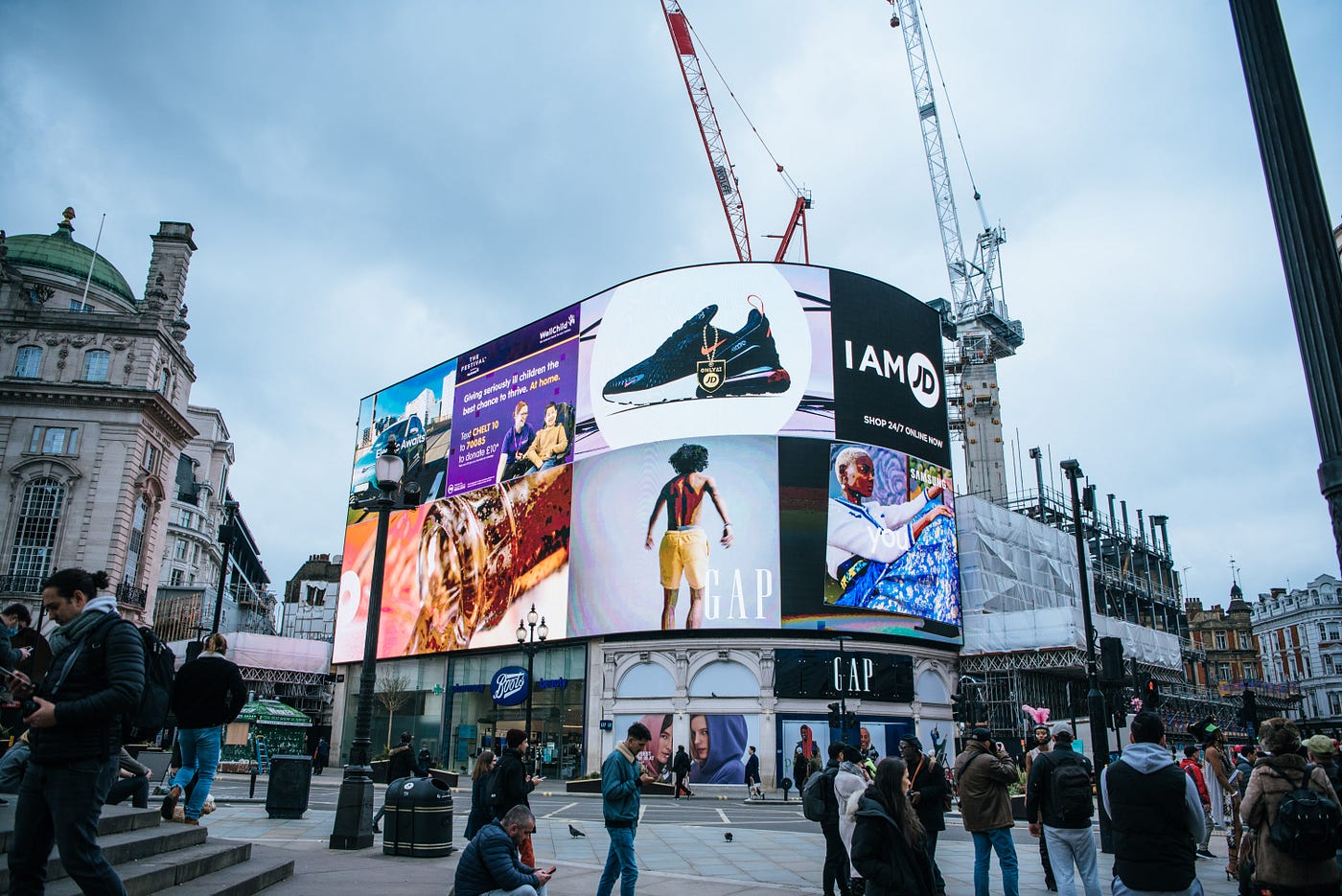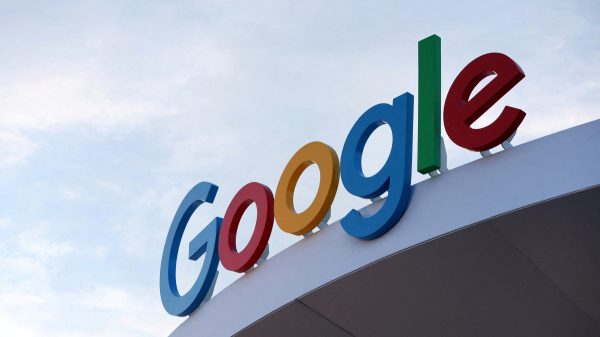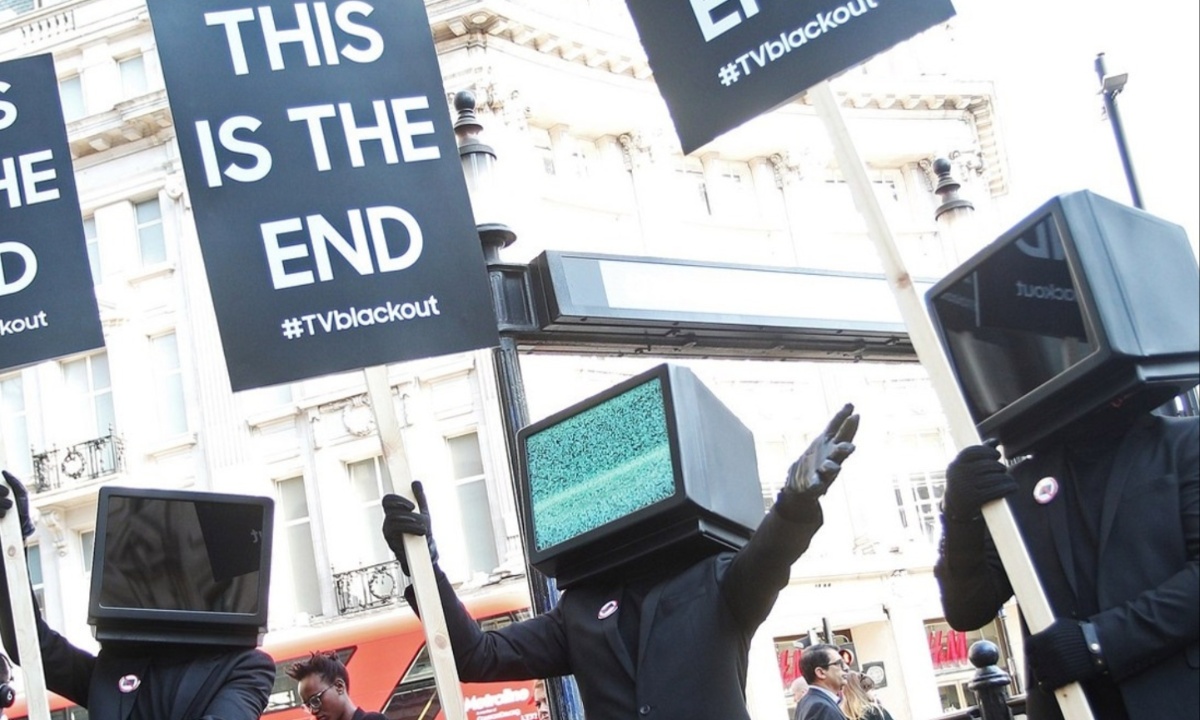The issue of ad overexposure has long been a challenge for advertisers, particularly in managing how often their ads are shown to viewers on both traditional TV and streaming platforms. A recent survey by Harris Poll, commissioned by AD-ID, has quantified the impact of this issue.
The survey found that 50% of U.S. adults have refrained from purchasing a product after being exposed to its ad too many times. This highlights how repeated exposure can lead to a negative consumer response, emphasizing the need for better ad frequency management.
Although the survey didn’t provide exact figures on what constitutes “too many” ads, the general consensus is that overexposure is a problem that has worsened over time. Experts in the advertising industry, including Ashwini Karandikar from the American Association of Advertising Agencies, agree that ad overexposure is more of a concern today than ever before.
The streaming ad market’s rapid growth has only intensified the problem, and even with existing tools designed to prevent overexposure, the issue persists.

Ad Overexposure Persists Despite Industry Efforts, Survey Reveals 50% of Consumers Avoid Purchases from Repeated Ads
The reasons behind this ongoing problem are not due to a lack of tools or interest from advertisers and agencies. AD-ID, which serves as the creative identifier for ads, is widely supported, with over 80% of Fortune 500 companies using it.
However, the challenge lies in how well these tools are implemented. In many cases, advertisers or agencies fail to properly embed the necessary identifiers in ad metadata, or the identifiers aren’t passed along correctly through the programmatic bidding process. This disconnect in execution contributes significantly to the problem.
To tackle this execution gap, AD-ID is working closely with other organizations, such as the IAB Tech Lab, to train industry members and develop systems that ensure proper implementation of ad identifiers. One such tool is the Ad Creative ID Framework, introduced by the IAB Tech Lab, which helps monitor and manage creative IDs.
Companies like XR Extreme Reach have signed on to support this framework, signaling some progress. However, the challenge of overexposure remains, and more work is required to ensure consistent and accurate execution across the industry.
Despite the progress being made, solving the overexposure issue will require ongoing effort. Karandikar points out that it’s an operational challenge that requires constant attention, including regular checks and repetition.
Bradbury from AD-ID believes that the solution is relatively straightforward and could have a significant impact if properly executed. However, the sheer scale and complexity of the ad ecosystem mean that addressing this problem will be a continuous process requiring cooperation across all stakeholders.









































